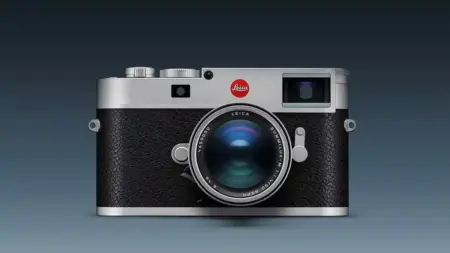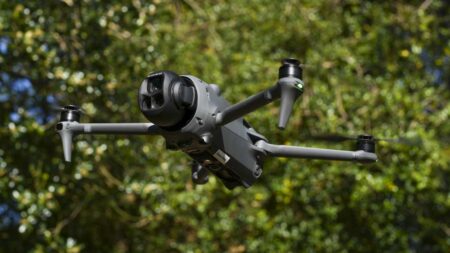In this test I’ve looked at the 77mm ND2-400 variable ND, that’s 1-8.66 stops of exposure reduction, which is quite a range for this type of filter.
It’s more common for manufacturers to split the ND coverage between two separate filters; 2 to 5 and then 6 to 9 stop. Putting this range into one filter is certainly unconventional, but ultimately more convenient. However, my first thoughts are how will this range affect quality, can this range really be done? Of course, there’s only one way to find out and that’s to give it a go.

GOBE now URTH have been producing filters for many years so despite the company name change they have a long history of producing quality gear.
From the recycled cardboard packaging to the metal filter case, the company’s relaunch branding gives the impression that URTH is trying to position itself a level up from GOBE.
The new filter does feel like a step-up from most budget filters with quality machining that gives the circular rotation of the front element a precise and smooth feel.
Looking over the variable ND and the addition of annotation around the edge of the filter, highlighting the density values is a welcome touch, as is the textured bevel and end stops.
The URTH Variable ND may be at the mid-range price point, but the company has gone the extra distance to ensure that this variable ND is relevant and appealing in a crowded market.





